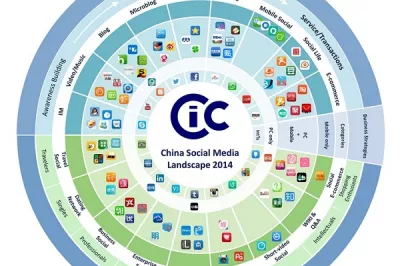Branchless Banking in China: Will Regulation Support Innovation?
Throughout the past few weeks the Chinese banking regulators have intervened on several occasions to put a halt on some innovative products, including virtual credit cards provided by third-party providers and e-commerce companies. At the end of March, People’s Bank of China also announced that it would cap amounts the Chinese can spend using smartphone payment services.
While financial innovation from bank and non-bank actors can create new kinds of risks for consumers, it can also create huge opportunities for the financial sector to expand scale and reduce transaction costs. A recent CGAP report "China: A New Paradigm in Branchless Banking" explores how China’s innovative payment ecosystem could significantly deepen financial access in the country, where more than one hundred million people live in poverty and over sixty percent of the poorest population segment has no access to formal banking services.
The report shows that the rapid adoption of technology such as smart phones, combined with a solid payment infrastructure and a vibrant e-commerce industry, could significantly deepen financial access for China’s large unbanked population. It analyses the agent banking pilots initiated by PBOC and implemented with Chinese banks, sometimes in collaboration with China Union Pay, with about 500,000 agents. These pilots show significant promise for financial inclusion even though they suffer from low client usage, which is also the case in many other countries. Opening the agents for new services like taking deposits and opening new accounts may lead to higher growth and use.
A key remaining issue will be how to strike the difficult balance between protecting consumers and protecting the financial system, all while enabling innovation to positively change the financial lives of hundreds of millions of people. It’s a complex issue, particularly because of the large number of actors involved in Chinese branchless banking. For example there are more than 200 third party payment providers and 2000 e-commerce companies in China. It will be worth it if they are successful as it could enable one of if not the largest and fastest digital finance revolutions for the un-banked in the World.
The CGAP report offers several points for Chinese regulators to consider that could help them balance the risks that innovation can create with the benefits brought forth from a new set of players and services – players such as banking agents, payment companies, or Mobile Network Operators serving millions of previously unbanked clients.
PBOC will certainly learn a lot from the success and limitations of its own pilot projects. But regulators could also learn from countries that have been successful in striking that balance between risks and rewards. For example some interesting lessons could be drawn from Brazil and Pakistan. Different regulators involved in branchless banking will also need to coordinate and launch a consultation process with different public and private providers of innovative financial services to the unbanked to better refine the branchless banking regulations. China has been successful at expanding its banking sector quite deeply. It will be interesting to see whether it will become a success story for branchless banking, and ultimately, an example from which other countries can learn.




Add new comment